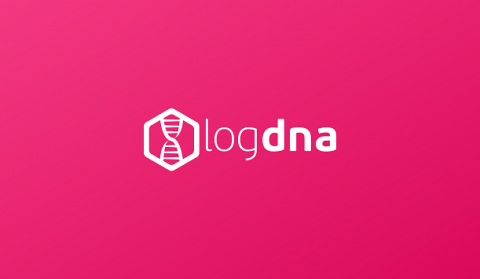LM Logs: A Mission to Decrease MTTR by Bringing Metrics and Logs Together
Imagine it’s 3 AM, you’ve just been paged for a critical issue- queues filling up quickly, and you don’t know why. You turn to logs, looking for something abnormal, a change that could explain what is happening so you can fix it. Sound familiar? Unfortunately, searching through logs to uncover changes is a time-consuming process.











